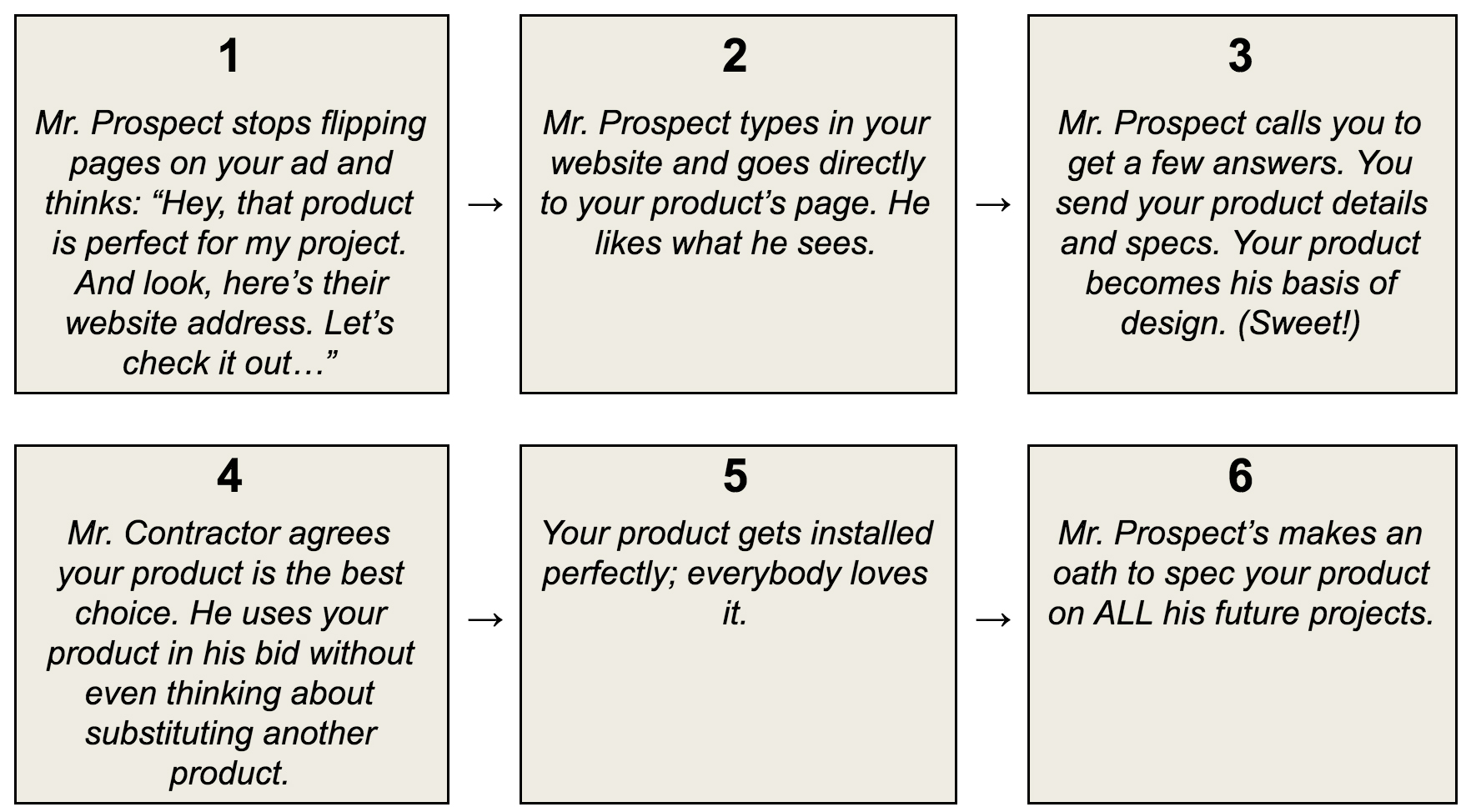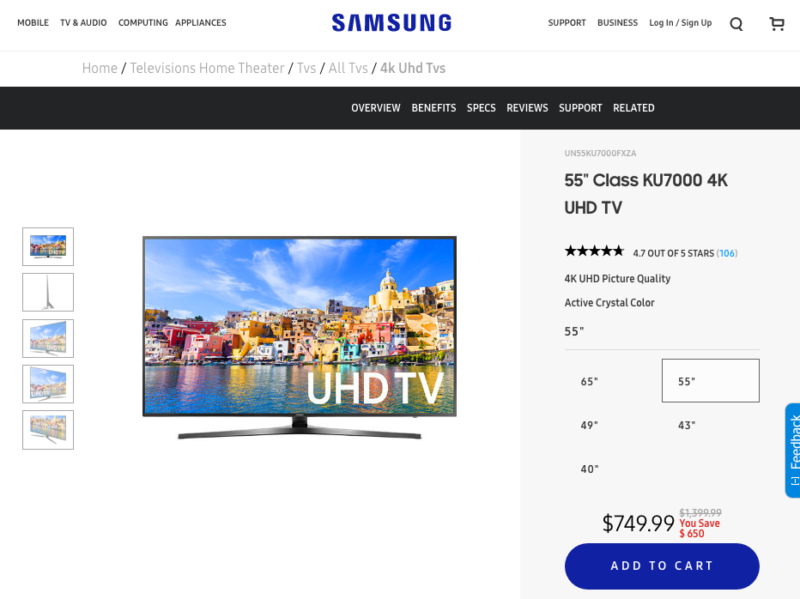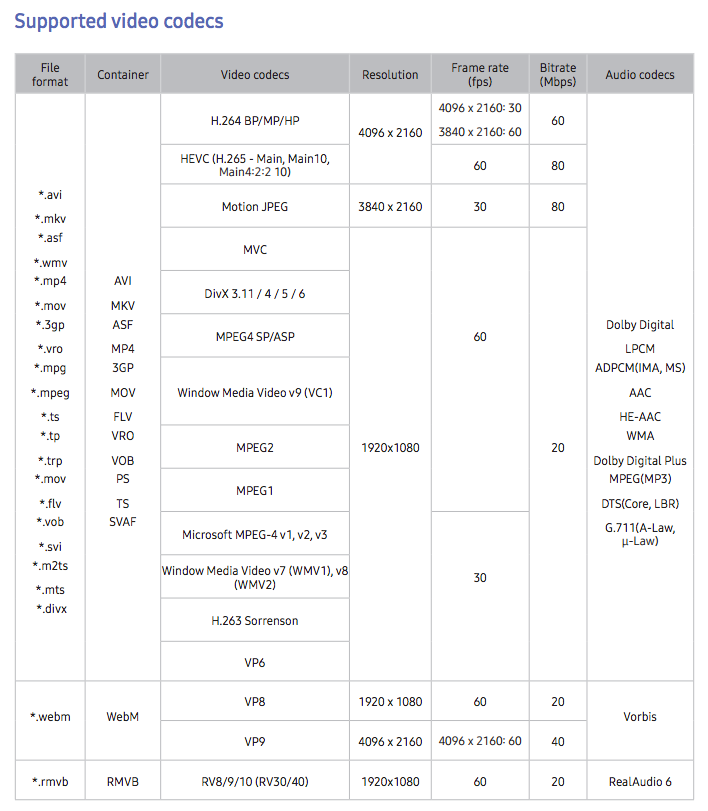
You Can’t Quarantine Hustle – Part 2 – Communicating While Working From Home
With the craziness that has come with the pandemic and quarantine measures, I thought I would share something that might help some of you who are trying to work from home for the first time.
I’ve spent more than a decade running my business remotely, even spending 5 years on an island, literally. We lived on the Island of St. Thomas in the Virgin Islands and I ran my business remotely using nothing but a sub-par internet connection.
This article series contains some tips and tricks I can share that may help you.
I know a great deal of you well enough to know that you don’t lack hustle and that with the right tools and the right attitude I know you can pivot through this thing and I’d like to help any way that I can so hit me up if you have any questions or if I can help in any way.
Communicating as a work from home hustler
The way you communicate is going to change a bit. If you’re like most, you already do business using email and phone calls, so that’s not going to change all that much. But remember that not everyone knows how to FaceTime, some can use Skype but not zoom, some have their own in house systems, some use go-to-meeting etc.
So be flexible and meet people halfway with their needs. If you don’t know how to use any of these things, take a breath and take an hour to run through:
1 – FaceTime if you have any apple products – it’s easy and it just works
2 – Zoom Video conferencing
3- Citrix go to meeting
4 – Skype
Get yourself setup and practice with a family member, the younger the better. If you have a millennial on lockdown with you, grab em and make them show you this stuff in exchange for 10 bucks of credit on their xbox game or something, if you can get them off the couch.
Get an 800 number – you’ll love it.
There are tons of free and almost free ways to get yourself a toll free number. Why do this?
Call forwarding – you give people the toll free number instead of your home number or cell number. The toll free number will allow you to forward your calls to wherever you want. I have mine ring on my office landline phone and on my cellphone at the same time, I can just answer wherever I am and that way I’m not handing out my landline number to anyone, your spouse will thank you for this later and it just looks more professional.
It’s Time to Ditch that AOL Email
Yes, I’m talking to you. Get a free gmail account – it comes with google documents which are amazing. A spreadsheet, word processor and power point like presentation software that you can use for free, files get saved online automatically and you can assign other people to view and edit those documents, in real time. there’s nothing cooler than opening a spreadsheet and seeing a team member edit stuff in real time as you watch.
Having a Gmail account will also allow you to do what I’m about to show you in the next paragraph
Use A CRM for Sales if you Don’t Already
If you don’t already have a CRM and you are in sales, you gotta get with the times. It’s just a way of managing your leads, organizing them and if you work in a team, you then leverage that power with your team and share those resources.
I have a thing called “streak” which is a full featured CRM that just hooks right into your gmail. So you don’t have to even login to something else, it just seamlessly hooks itself into gmail, it’s amazing and simple.
Use something like Slack for Internal Communication within your team
Slack allows you to create custom channels with just your team. It’s like being able to have a chat room or text chain that is shared across your company, instead of fumbling around with long chains of emails.
I don’t want to throw to much out there at once, to keep this digestible – Please keep in mind that when you are using words to communicate there isn’t any body language or vocal tone cues, so sarcasm can be missed and if you don’t include some sort of human element to your communcation you can come off as bossy or rude without intending to.
People are so different in person than they are on the phone and this same dissonance happens with email and text, I know you already know this, but please try to remember it, I see this happening more and more lately where people forget their table manners sometimes and “sound” downright nasty in an email, but then once you get them on the phone, they morph back into a rational and reasonable human being.
Stay reasonable and I hope you can see the beauty, even when it’s not pretty – especially right now.
Regards,
JY
About the Author :
Jason Yana has 2 decades of experience in architectural technology, 3d graphics and construction marketing. This unique combination provides highly-effective visual representations of building products that fuel marketing and support efforts.
His award-winning body of work informs, inspires and educates building product customers.


















